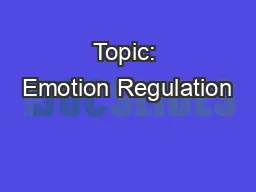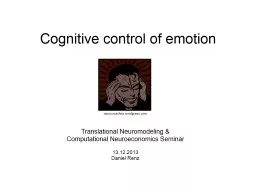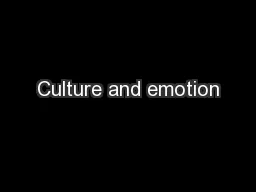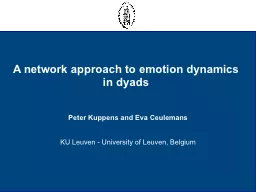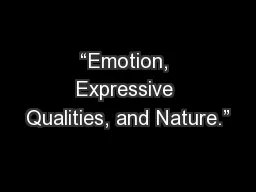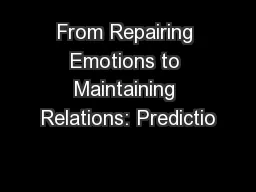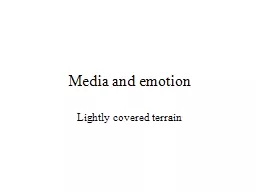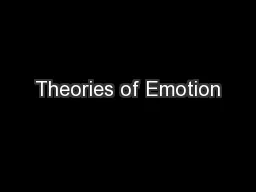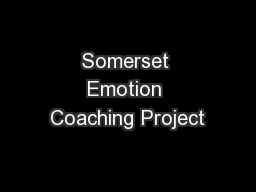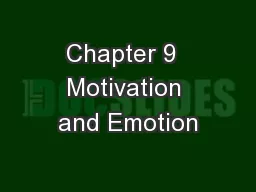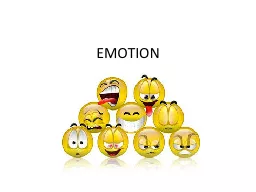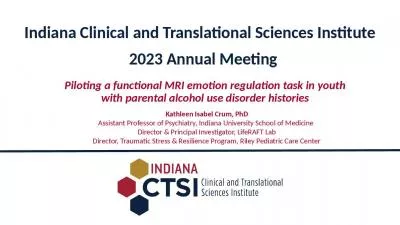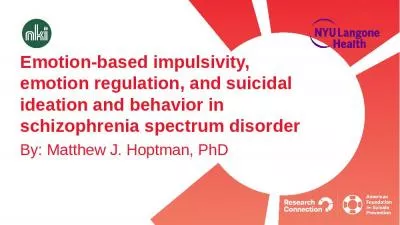PPT-Topic: Emotion Regulation
Author : alida-meadow | Published Date : 2016-06-24
Child and Adolescent Psychopathology Emotion Dysregulation as a Risk Factor for Psychopathology Two emotional processes Appraisal radar through which we evaluate
Presentation Embed Code
Download Presentation
Download Presentation The PPT/PDF document "Topic: Emotion Regulation" is the property of its rightful owner. Permission is granted to download and print the materials on this website for personal, non-commercial use only, and to display it on your personal computer provided you do not modify the materials and that you retain all copyright notices contained in the materials. By downloading content from our website, you accept the terms of this agreement.
Topic: Emotion Regulation: Transcript
Download Rules Of Document
"Topic: Emotion Regulation"The content belongs to its owner. You may download and print it for personal use, without modification, and keep all copyright notices. By downloading, you agree to these terms.
Related Documents

